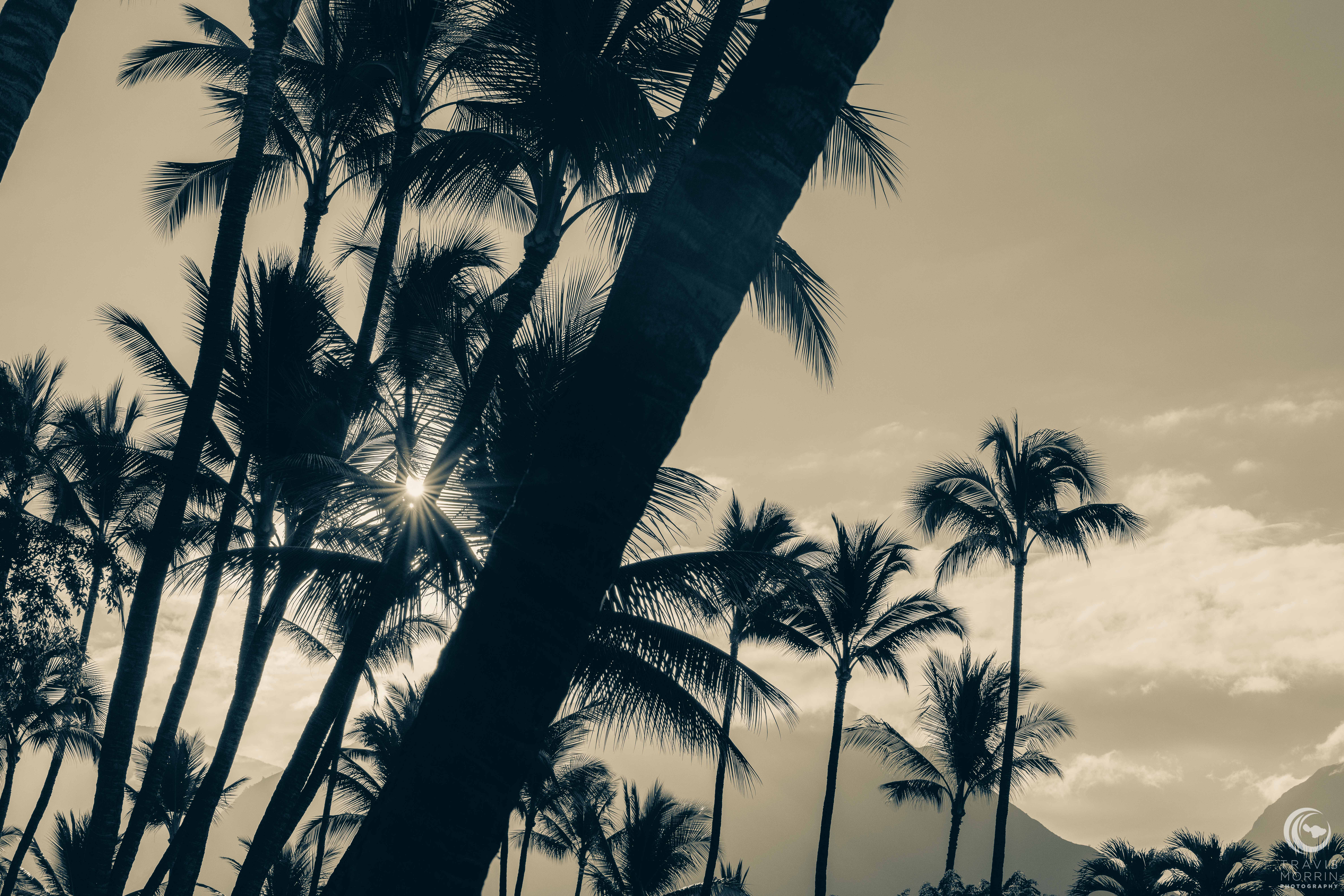
When you think of a tropical paradise, what pops in your head? Chances are, visions of swaying palm trees are somewhere in your mind’s eye. Palms remain an iconic symbol of Hawai‘i, but their significance goes far beyond that; in fact, these plants share a history with the first people who called our islands home.
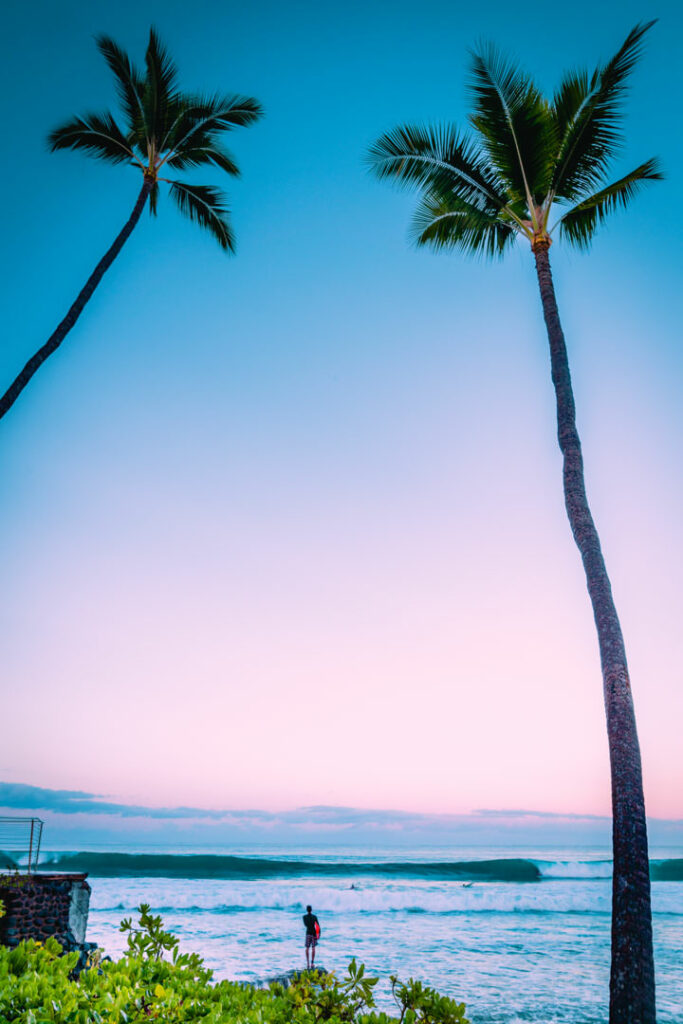
Niu, or Coconut in Hawaiian, was among the “Canoe Crops” that the early Polynesians brought with them on their journey here. Wisely, they filled each canoe with roots, shoots, seeds and cuttings of plants needed to survive and thrive in their new home, for food, medicine, containers, fabric and more, as detailed in Images of Old Hawai‘i.
Coconut served as a source of nourishment, and the fiber from its husk as very useful as cordage. Palms also provide shade when needing relief from the heat.
I love capturing photos of palm trees as such graceful representatives of my island home. I wanted to learn more about them, so I started digging and found some details on palms might surprise you, thanks to Kaua‘i Seascape Nursery! So read on!
Did You Know… (I Didn’t!)
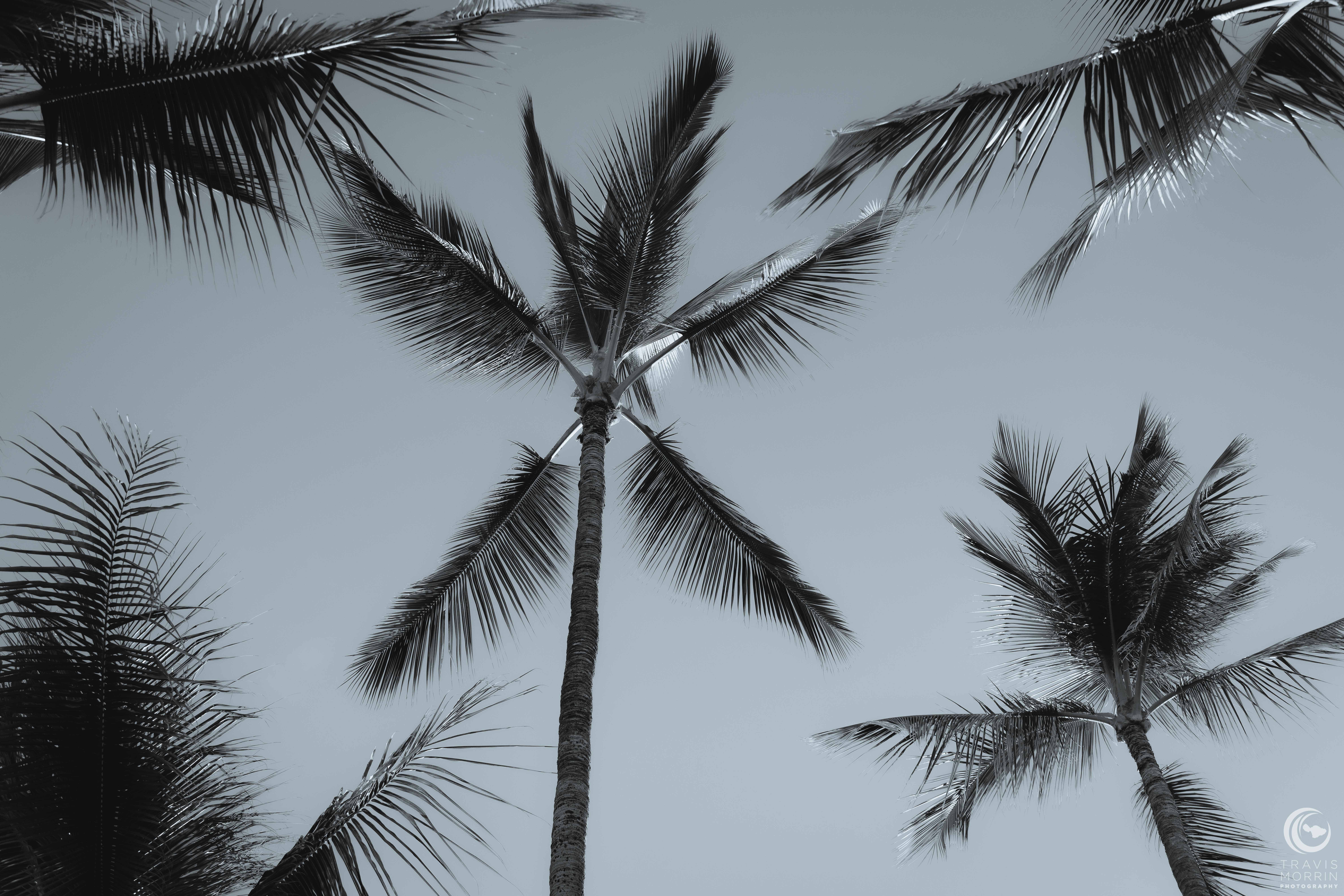
- There are more than 2,500 species of palms. That includes the Coconut, Areca, Dwarf Date, Red Sealing Wax and Pritchardia (Loulu in Hawaiian, the only truly native palm here, according to Maui Nui Botanical Gardens). The world’s largest palm variety is known as the Quindio Wax Palm and it can grow up to 197 feet tall!!
- People and palms have history together. I read that archaeologists found proof of palms used for food and household objects in ancient Mesopotamian sites. There are also references to palm trees, like the date palm, in various religious texts.
- Palms produce more than just coconuts to eat. Other species make dates, açaí berries, saw palmetto extract (used as an alternative medicine), palm wine (from the sap!) and heart of palm.
- Beyond food and shade, coconut palm leaves can be used to make durable, water-resistant hats; rattan palm wood is used for furniture; palm fronds are great materials for woven baskets and masks; plus palm wax can be used in candles.
- A palm tree can typically handle wild weather. Its solid root system (which also resists flooding), flexible trunk and leaf structure make it very strong and sturdy.
- Palm trees may not look much like pine trees, but they are in the Evergreen family, since they never lose their leaves come wintertime (not that it gets very cold here in winter)!
- Palms appear on the flags of South Carolina, Florida, Haiti, Guam and Saudi Arabia.
- Palms symbolize all kinds of things across different cultures and eras. They’ve represented immortality in ancient Egypt, victory in Ancient Rome and peace in Islamic culture, plus part of the date palm is used in the Jewish festival of Sukkot and palm fronds are used as part of the Christian celebration of, yes, Palm Sunday.
A Particular Palm to Ponder
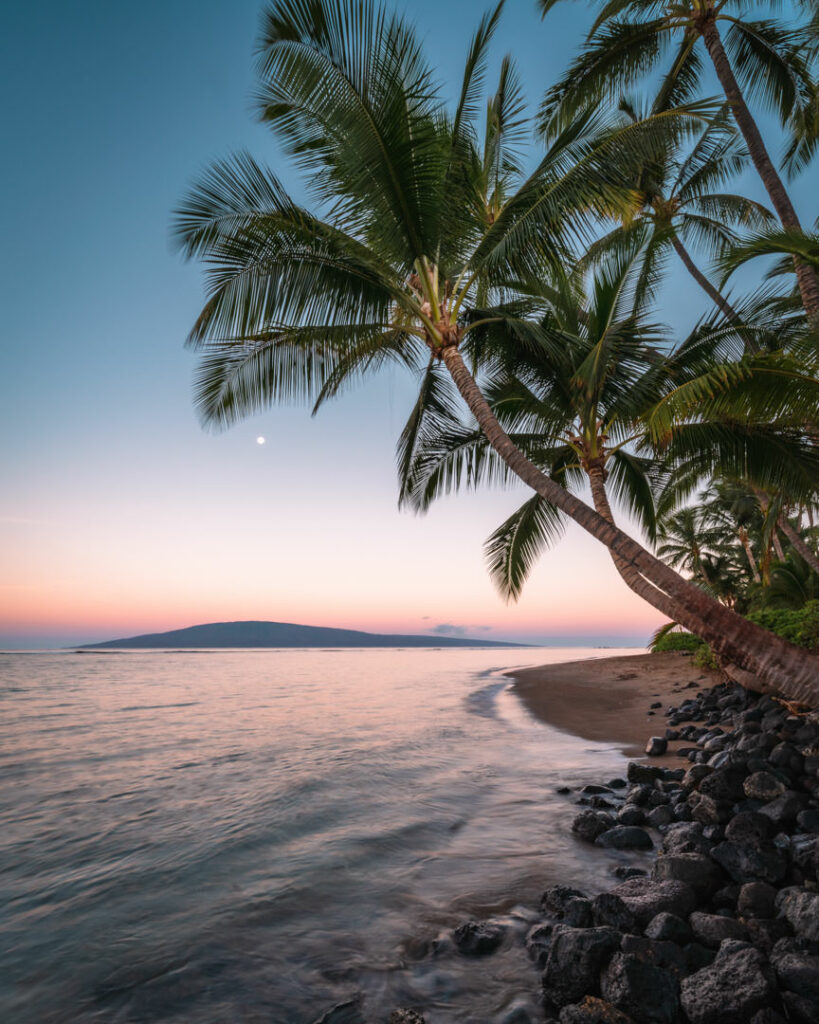
This last little tidbit for you is on our beloved coconut tree, considered the most naturally widespread fruit tree on the planet according to Healthline, which also summarizes some pretty extensive health benefits for the coconut fruit itself.
Coconut is known to contain high levels of protein, some B vitamins and several significant minerals, like manganese for bone health and metabolism, copper and iron to help form red blood cells and the antioxidant selenium to protect your cells.
Unlike other fruits, coconut contains more fat than carbs. Much of that fat is in the form of medium-chain triglycerides (MCTs), which your body metabolizes efficiently for energy usage.
Studies show coconut oil could potentially support blood sugar control. It might also have antibacterial effects, and may reduce the growth of several different types of bacteria.
Coconut meat contains polyphenol antioxidants, thought to reduce free radicals. This could help protect your cells from damage and aid in preventing chronic disease.
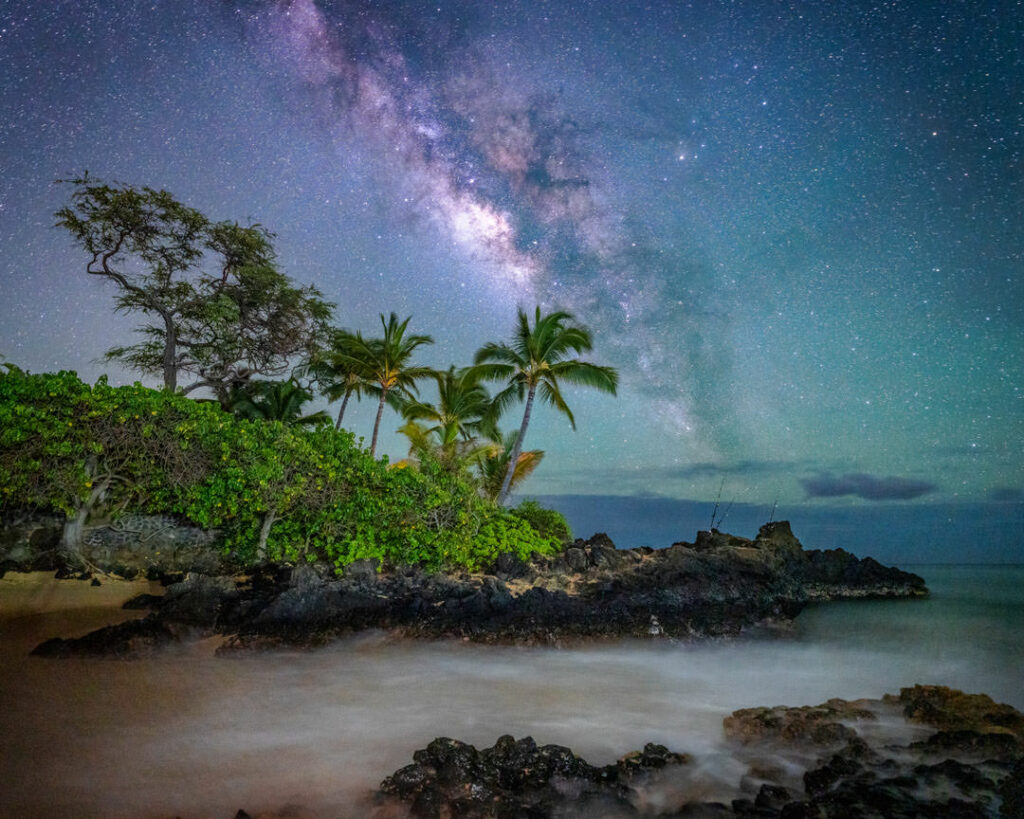
So the next time you look up at a coconut tree here, just know there’s a lot more to it than meets the eye!! Thanks for learning along with me. And if you’re interested in the significance of sunrise here in Hawai‘i, read our blog on that!
